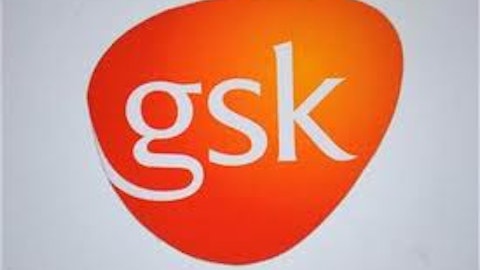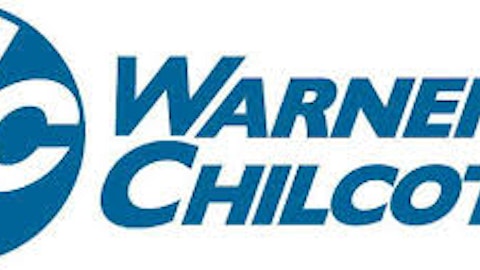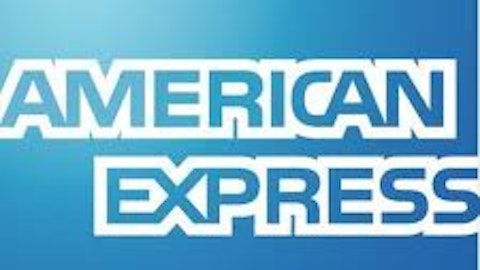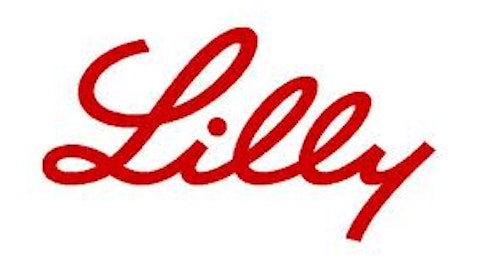On June 24, the Food and Drug Administration issued “bioequivalence recommendations” for 15 active ingredients used in prescription medications. Bioequivalence is a pharmacology term used to compare the properties of two drugs with an identical active ingredient, most likely a brand-name drug and its generic equivalent.
One of the new guidelines issued on Monday is for cyclosporine, the active ingredient in blockbuster drug Restasis developed by Allergan, Inc. (NYSE:AGN).. Restasis is a prescription eye drop used for the treatment of dry eye disease, approved for sale in 2002 by the FDA. Sales of Restasis are expected to reach $850–$890 million for 2013, as much as 15% of Allergan, Inc. (NYSE:AGN)’s total revenue.
Shares of Allergan sank nearly 15% to $81.28 on Monday, an 11-month low for a stock that saw a record high of $116.45 as recently as April. Investors have been aware the patent on Restasis will expire in May 2014, however the FDA’s new guidelines could make it possible for a generic competitor to introduce an equivalent drug by 2016.
The question for Allergan, Inc. (NYSE:AGN) shareholders is as follows. Can the company stage a successful rebound in the absence of Restasis, or should investors sell before it’s too late? Let’s dive in and take a closer look.
Dry eyes or tears of joy?
Despite the market reaction, the guidelines issued by the FDA are a draft status and remain open for discussion. Allergan, Inc. (NYSE:AGN) has a 60-day period for public comment and will provide a scientific argument why a generic equivalent should undergo clinical testing. In the event Allergan, Inc. (NYSE:AGN) succeeds, the testing requirement could delay a competing drug by several years.
Readers shouldn’t assume that Allergan faces a road to irrelevance in the world of Big Pharma. The company has a number of valuable drugs that continue to deliver in a big way. Botox is currently approved in 85 countries for 25 different medical conditions, and Allergan, Inc. (NYSE:AGN) continues to seek expanded usage for this drug with many therapeutic capabilities.
In January, the FDA approved Botox for the treatment of overactive bladder, a groundbreaking solution for a drug which is incorrectly associated with only cosmetic procedures. Allergan is pursuing new breakthroughs, including Botox for juvenile cerebral palsy (Phase III) and Botox for osteoarthritis pain (Phase II).
Allergan also owns the rights to Juvederm and Latisse, used by women for a variety of facial aesthetic procedures. Both products are under review with the FDA and European authorities for new indications.
In addition to the above, Allergan maintains a broad portfolio across eye care, neurosciences, medical dermatology, and even obesity intervention with Lap Band.
Recent falls off the patent cliff
In an effort to put Allergan’s base scenario in perspective, let’s consider some recent examples of competitors facing the patent cliff.
Pharmaceutical giant Pfizer Inc. (NYSE:PFE) lost the patent production for its lucrative drug Lipitor back in 2011. The cholesterol medication became the top-selling drug in history, with over $125 billion in sales over 14 years. Lipitor sales reached $8 billion in annual revenue in the U.S. and $11 billion worldwide before losing its protected status on November 30, 2011.
In a matter of weeks, generic competitors Ranbaxy Laboratories and Watson Pharmaceuticals captured a majority 64% of the market share, with Lipitor’s share falling from 100% to a minor 36% share.
Nonetheless, Pfizer Inc. (NYSE:PFE) shares have risen more than 50% between the date of Lipitor’s patent loss and present time, a period of less than two years. Investors have renewed confidence as Pfizer unlocked value by selling its infant nutrition business to Nestle SA (VTX:NESN) for $11.9 billion and by spinning off animal health business Zoetis Inc (NYSE:ZTS).
Pfizer Inc. (NYSE:PFE) is now faced with patent loss for the “little blue pill,” or Viagra, which reached $2.05 billion in sales for 2012, a 4% increase over the prior year. Fortunately for shareholders, the patent loss is only for European markets. The United States will not honor a generic equivalent until 2020.
A second instance of patent expiration can be demonstrated with Merck & Co., Inc. (NYSE:MRK), which lost protection for Singulair in mid-2012. Sales of the asthma medication reached $1.5 billion for Q4 2011, before plummeting 67% to $480 million during Q4 2012.
However, Merck & Co., Inc. (NYSE:MRK) is poised to rebound with new product launches. The company recently introduced Januvia for diabetes and Isentress for HIV; Januvia is expected to produce $750 million in sales annually through 2020, providing a replacement for Singular.
Merck also acquired Schering-Plough in 2009, the same year that Pfizer acquired Wyeth. Schering-Plough was best-known as the maker of allergy drug Claritin.
Merck & Co., Inc. (NYSE:MRK)’s earnings are expected to grow at a healthy 8% annually over the next decade, compared to Pfizer’s forecast of low-single digit earnings growth. Among the two, I prefer Merck for its higher growth rate, current products, and healthier pipeline.
Foolish takeaway
Even if Allergan loses two-thirds of Restasis sales by 2016, the drug is not the be-all and end-all for a company with numerous growth drivers, including a pipeline within a product under Botox and late-stage drugs such as Darpin and a phase III treatment for nocturia. Juvederm and Latisse are also likely to receive an expanded label in the U.S. and E.U.
Now appears the right time to be a contrarian investor. The hand of cards dealt to Allergan shareholders isn’t as bad as the market believes, and I suggest that readers take advantage of the recent sell-off.
Thanks for reading, and consider subscribing to my posts for more Fool ideas on outperforming the market.
The article For Allergan Shareholders, Will it Be Dry Eyes or Tears of Joy? originally appeared on Fool.com is written by John Macris.
John Macris has no position in any stocks mentioned. The Motley Fool has no position in any of the stocks mentioned. John is a member of The Motley Fool Blog Network — entries represent the personal opinion of the blogger and are not formally edited.
Copyright © 1995 – 2013 The Motley Fool, LLC. All rights reserved. The Motley Fool has a disclosure policy.





